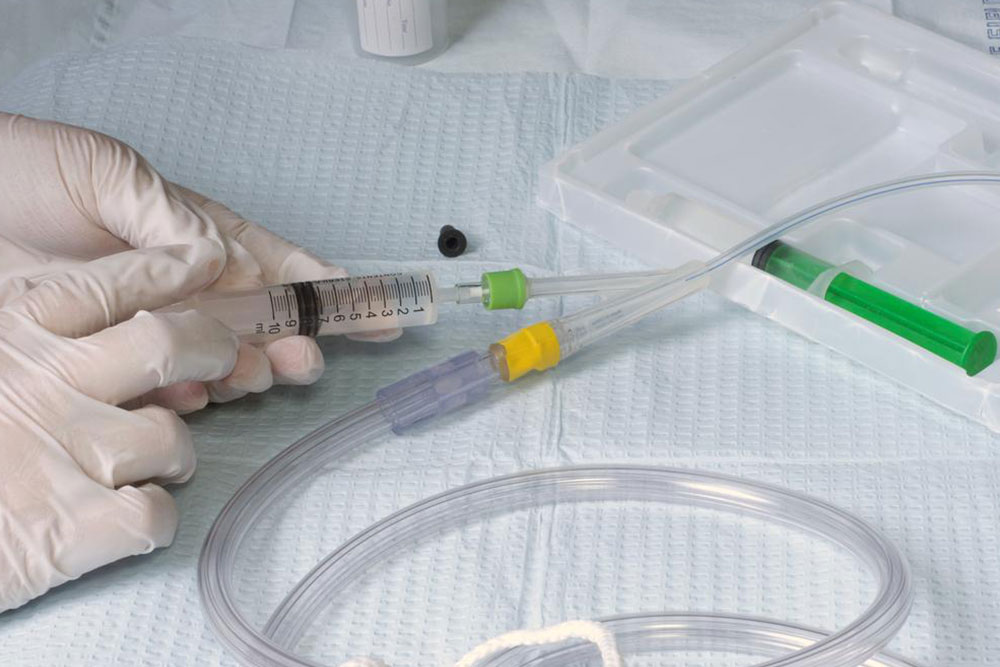Understanding Urinary Catheters: Risks, Care, and Expenses
This article explores urinary catheters, detailing their types, potential risks like infections, proper maintenance techniques, and insurance coverage options. It provides valuable insights for long-term and short-term users to ensure safe and effective use while understanding associated costs and necessary lifestyle adjustments.

Understanding Urinary Catheters: Risks, Care, and Expenses
Urinary catheters - Risks, upkeep, and costs
A urinary catheter is a flexible tube designed to drain urine from the bladder into a collection bag when urination is difficult. Conditions like prostate enlargement, bladder cancer treatment, nerve damage, surgery, and incontinence may require catheterization. Inserted through the urethra or a small abdominal incision by a healthcare professional, catheters are typically used in hospitals but can be managed at home for long-term use with proper training.
There are three main types: external (for men), indwelling, and intermittent catheters.
The choice of catheter depends on the patient's health and recovery period. An indwelling catheter is suited for extended recovery and immobility, while a removable intermittent catheter is ideal for outpatient use. Read further to learn about potential complications, maintenance, and associated costs of urinary catheters.
What are potential complications?
Indwelling catheters can increase the risk of urinary tract infections, making regular cleaning essential.
Symptoms indicating infection include:
Fever and chills
Cloudy urine
Burning sensation during urination or in the genital area
Blood in urine
Pungent smell of urine
Headaches
Lower back pain
If these symptoms occur, prompt medical attention is advised.
Avoidable complications include:
Bladder stones
Blood in urine
Allergic reactions to catheter materials
Urethral injury
Kidney damage
Septicemia from infections in urinary tract, kidneys, or bloodstream
How to properly care for a urinary catheter?
At home, ensure the catheter and surrounding area are cleaned regularly to prevent infections. The drainage bag should be emptied every 8 hours or when full, using diluted bleach or vinegar for sterilization. Drinking plenty of water helps ward off infections.
If short-term use is planned, sterile, single-use catheters are available. Patients should keep their body clean before inserting the catheter.
Are lifestyle adjustments necessary?
Maintaining a healthy diet rich in whole grains, fruits, and vegetables is vital to avoid constipation, which can cause bladder pressure and leaks. Hydration of at least 2 liters daily encourages bacterial elimination from the bladder.
Does insurance cover urinary catheters?
Major health plans like Medicare may cover catheter costs when deemed medically necessary. Medicare Part A covers inpatient use; Part B covers outpatient cases, including long-term incontinence. A doctor's prescription is required for reimbursement. Private plans should be checked directly for specific coverage details and co-payments.
Tags – urinary catheter, bladder catheter, male catheter










